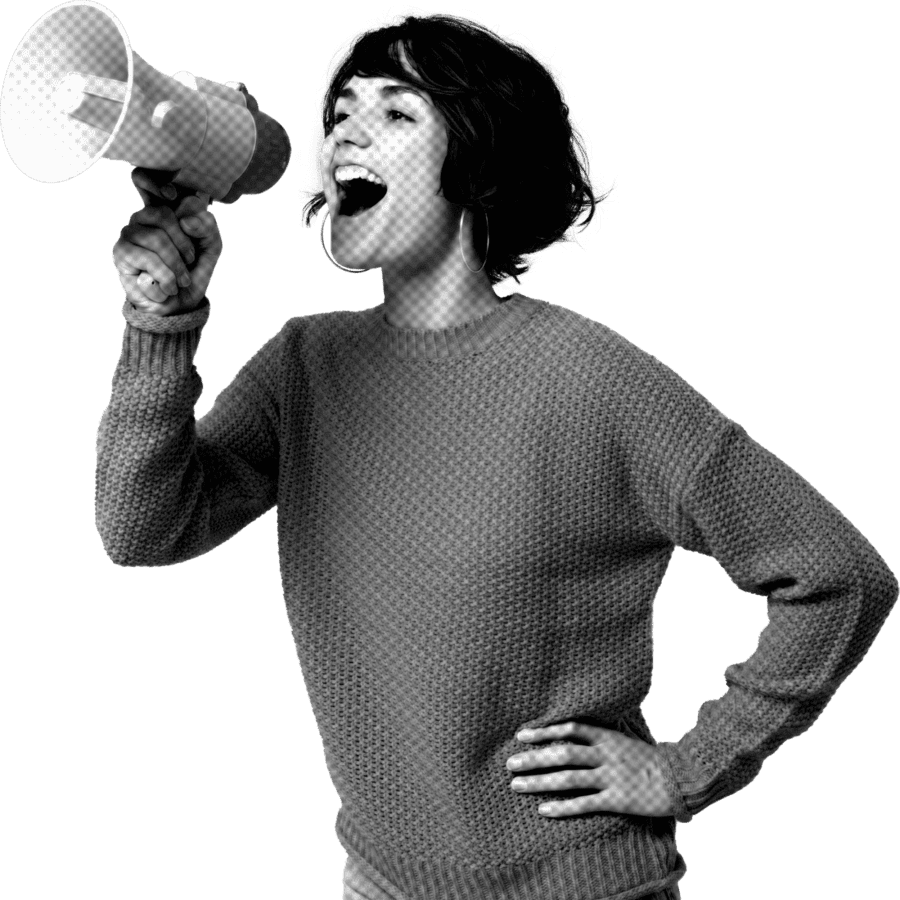‘To progress a creative career, my experience is that it calls for networking and ‘hustling’ which can be exhausting.’
1 out of 3 disabled individuals believe they lack the confidence needed to progress with a career in the creative industry, according to Josie Dobrin from Creative Access (2022). The creative industry has a notorious reputation of being hard: hard to get into, hard to find work and hard to survive in. These particular challenges impact non-disabled individuals on an everyday basis, however being a disabled creative introduces new and unique challenges which increases the difficulty tenfold.
Hello, I’m Amy and I work freelance as a writer and in social media. Throughout my experience as a creative, I’ve been fortunate enough to see all sides of the industry. One aspect of the creative industry that some may find envious, such as the influencer side, is one that I am all too familiar with. But I am also very well versed with the struggle of post-graduate life as a disabled creative who cannot find a job to accommodate my needs.
Last year, I graduated as a mature student at the age of 27 with a degree in literature. This was after a long battle with anorexia, as I dropped out of my A Levels at the age of 18 to focus on my health. In the 10 years between dropping out and graduating, I was diagnosed with ADHD and (now in the process of) autism.
Unfortunately the impact of anorexia on my body left my nervous system under an incredible amount of trauma and I now suffer with multiple chronic illnesses including fibromyalgia. Post graduate life was harder than I imagined and I was considerably burnt out after my degree (in which I spent the majority in isolation during the pandemic), so my body could not seem to keep up with my desire to get out there and get my first big girl job.
Hunting for an accessible creative job felt like I was being mocked on every corner of the internet; there were none. Fortunately, within a week, a steady stream of freelance work landed into my lap, prompting my decision to work freelance in 2024 in socials and writing.
Navigating the Industry as a Disabled Creative
I mentioned very briefly earlier that I am no stranger to both sides of the industry, and have become well versed to the seemingly glamorous side of the creative industry. I started posting on social media years ago (and if we are being specific it really did start with tumblr), but it was never as a means to earn money or gain popularity. My Tiktok page started gaining traction a few years ago when I started to post more fashion and mental health content – specifically my anxious girl vlogs.
Whatever I was doing appeared to resonate with a lot of people, not only people, but also brands. Thus began my journey into freelance social media work, which I thought was perfect for me because I was able to be my own boss and set myself breaks when I got tired. I rapidly became accustomed to the lack of social interaction and working from home, which my social anxiety loved but my ADHD did not.
When you are freelance, you have to consistently advocate for yourself and the services you can provide to the industry. Essentially, it’s like shouting into the void of the creative industry, ‘Please hire me; I promise I am good.’ This takes the form of networking, and not just your typical networking, I’m talking about large scale events that will be attended by other creators and creatives.
These events that are specifically catered towards content creators and the influencer marketing world, are almost always a sensory nightmare for me. If I’m not being bombarded by the constant noise of a DJ playing throughout the event, I’m being mocked by the stark lack of seating or the dimly lit room in which I can barely see anyone or what they are saying.
When my senses and ability to sit down and rest are taken from me, I cannot network and feel confident in talking to fellow creatives and brands. If I cannot hear what someone is saying to me, how am I supposed to continue a conversation in a normal manner without seeming ‘odd’ to a neurotypical person?
If I am sat aside from everyone else for the entirety of the event because my legs are tired, how can I feel included and allow myself to have the same opportunities as my peers? If I already cannot hear what someone is saying to me, and you take away my ability to read their lips in a dimly lit room, then I stand no chance.
These challenges are unique to disabled and neurodivergent creatives, as non-disabled individuals don’t see them as hurdles. What seems like a fun mixer to others can be a nightmare for disabled and autistic individuals. These challenges have impacted me greatly, which is why I chose to start my article with the quote from Creative Access. Networking is exhausting, and I have missed opportunities because of it.

Experiencing Post-Graduate Life as a Disabled Creative
One-fifth of the working population is disabled. However, just 54% of disabled people are employed, compared to 82% of non-disabled individuals. These statistics are from the 2022 Thrive report from Creative Access, which highlights the ‘worrying differences in career confidence and optimism by disabled, Deaf and neurodivergent respondents.
If only 54% of disabled individuals are employed, then the figure for disabled individuals employed in creative jobs is even lower. The only reason I know this statistic is considerably lower is that, despite hours of investigation, I couldn’t discover a single statistic regarding the number of disabled people employed in creative jobs.
After graduation, I fell into the trap of continuously feeling as though I had to prove myself to employers, and brands, that I was capable. My worth and time are the same as any non-disabled employee because we can both accomplish the same job; I simply have additional requirements. Before I went freelance and graduated last year, I made it my mission to look into any accessible graduate programmes that matched my job description.
I was excited because I finally felt like I was taking the steps that I had always thought were impossible for me. I had spent the majority of my late teens and early twenties believing that I would never recover, graduate, or get a ‘big girl’ job. My rose-tinted glasses, filled to the brim with enthusiasm, immediately slipped off when I learned that employers do not specify how they care for their employees with additional needs in job descriptions.
I was surprised that this was not the norm; surely listing these characteristics makes a company more appealing to potential new employees? I’ve had countless job interviews and emails with companies, and after inquiring about the steps they take to look after disabled employees and accommodations they can put in place, I have been ghosted or informed they are no longer looking. Typical timing right?
I have now been freelance for coming up to nine months, and while the first few months brought me work and determination, it is beginning to dwindle. Like I mentioned earlier, my ability to network, and my quickly deteriorating health, has resulted in a significant loss of work this year.
I looked once more to the job market with despair, because, while I now have significantly more experience in social media and writing than when I graduated, the creative scene has not changed. I have lost faith in brands and businesses’ ability to represent the tremendous potential that disabled creatives can provide them.

Examples of Brands Supporting Disabled Creatives
I am not one to end on a sour note, and this is not how I intend to leave my mark as a creative. Instead, I want to highlight the positive changes and developments I’ve witnessed in how some brands support disability, and showcase disabled individuals in the creative industry.
- The British Fashion Council (BFC) addressed the fact that disabled people are unrepresented in the fashion industry. According to the DEI Census (diversity, equity and inclusion), only 6% of the fashion industry identifies as disabled. In response, the BFC has begun promoting adaptive fashion and highlighting disabled designers.
- Last year, Creative Equals introduced a three week creative leadership program for disabled and neurodivergent creatives. The program offered guidance in advertising, marketing and design, and was supported by disability charity Scope, aiming to provide and facilitate employment opportunities in the creative industry.
- Lastly, I had my own personal positive experience at an event at Somerset House during Men’s London Fashion Week. I was invited to the Charles Jeffrey Loverboy show, and it was incredible. Not only was the show outstanding, but the team at Somerset House went above and beyond in catering for my additional needs. I was allowed to sit down early as I am not able to stand for prolonged periods, they also made no fuss about needing a plus one and they checked in with me throughout the evening. It just demonstrates that brands can accommodate you at events!


What Brands Can Do to Support Disabled Creatives
Although the industry has made significant progress in accommodating for disabled creatives, there is still a distinct lack of representation from brands within the industry. Here are some tips that, in my opinion, brands can utilise to support and work with disabled creatives.
- Education: I believe that brands need to have more awareness of disabled creators, especially when organising events and campaigns. And make sure they understand their needs to make their marketing activities inclusive and accessible for everyone.
- Accommodations: networking, and other events, should accommodate disabled creatives, such as providing a sensory space for individuals who require some alone time, or hosting separate calmer networking events for creatives with additional needs.
- Inclusivity: I also believe that employers and companies should raise their standards in how they treat disabled personnel; this will make them more appealing to potential employees in the long run. DEI training, for example, could provide some essential upskilling for brands, for both internal and external activities.
If you’re a brand wanting to better support Disabled creatives and work with the community in a more authentic way, I found that the team at Purple Goat are not only inclusive marketing experts, but their lived experiences with disabilities provides them the ability to connect with disabled individuals and provides invaluable help to some of the biggest brands out there in their inclusion journey!
Conclusion
Overall, I still have mixed feelings regarding the state of the creative industry and how it treats disabled creatives. I love being a creative, and there are positives in having the freedom to work how I want. But the instability and uncertain nature of freelance work, and the lack of representation and care in place for typical 9 – 5 creative jobs, leaves me disheartened as a disabled creative. There needs to be more conversations about this and for brands to understand how they can (and should) support the Disabled community in the creative industry.




